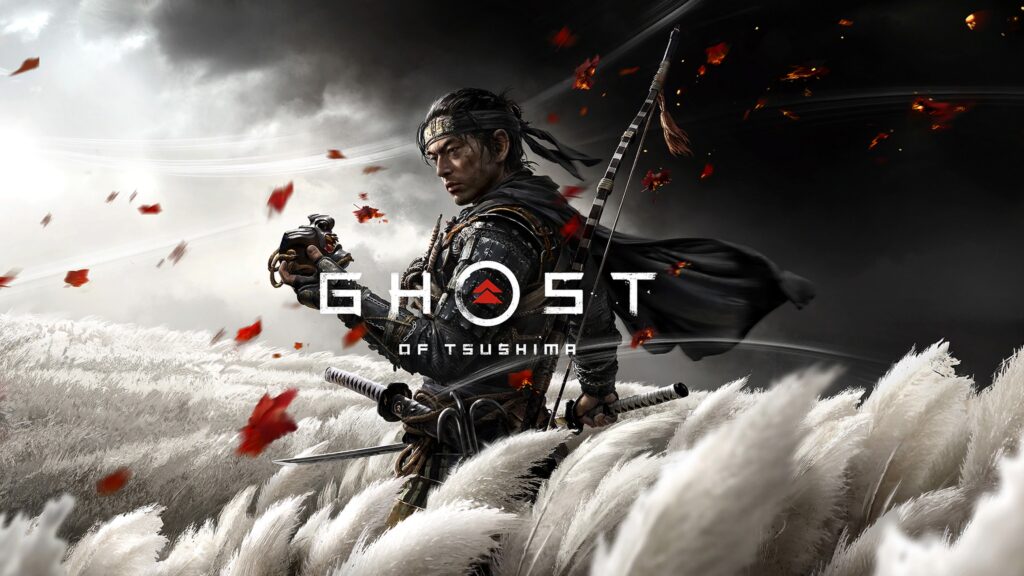
Editor’s Note: This review was conducted before the 1.05 patch.
Historical open-world games are not anything new. Ubisoft has built the Assassin’s Creed brand off dozens of sequels and spin-offs by leaning into romanticized depiction of history. It is an inherently appealing concept to get immersed in a vast 3D swashbuckling action game set in our past.
Despite the endless clamoring from fans, Ubisoft never made an Assassin’s Creed set in Feudal Japan. From colonial America, ancient Greece to several Italian renaissance entries; Ubisoft never bothered to put players in the sandals of a samurai or ninja.
After several successes with the pseudo-super hero open-world action games, Sucker Punch Productions had honed their craft enough to take on the challenge that Ubisoft was too cowardly to undertake. Their efforts paid off impressively.
Ghost Of Tsushima
Developer: Sucker Punch Productions
Publisher: Sony Interactive Entertainment
Platforms: PlayStation 4
Release Date: July 17, 2020
Players: 1
Price: $59.99
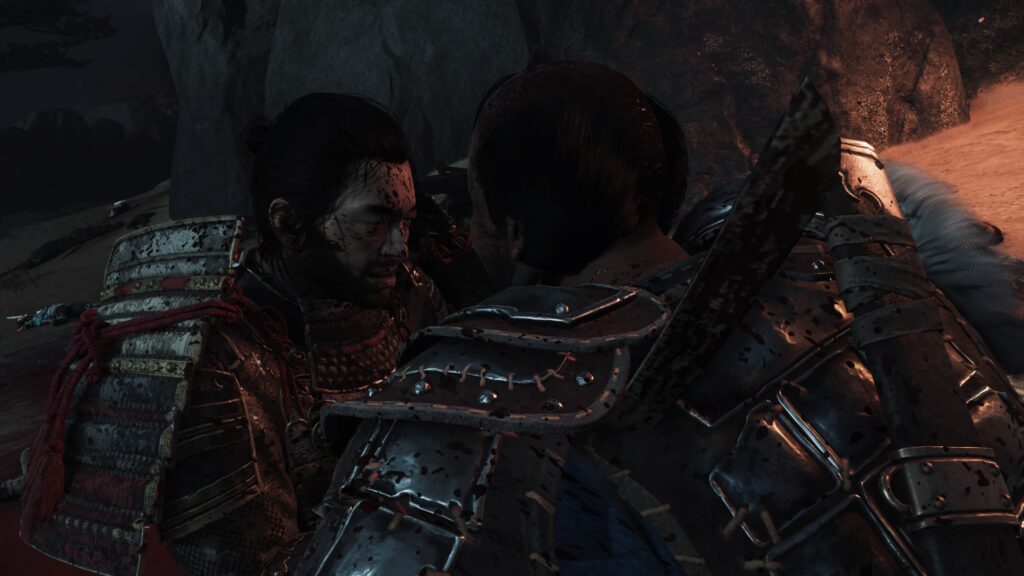
Aesthetics and style can go a long way. The ambiance in Ghost of Tsushima is so palpable and strong that it elevates what is a fairly standard historical open-world action game. It does help that the writing and characterization is also a cut above the expected.
It is 1274, and the Mongolian empire has begun their conquest of Asia. Khotun Khan’s forces start invading Japan by beginning with the small island of Tsushima. The fate of Japan ultimately rests on the shoulder of one samurai who is wrestling with his honor and desire to protect his country.
Jin Sakai’s struggle of upholding the code of Bushido and doing whatever it takes to win the war is the heart of Ghost of Tsushima. As Jin, you’ll have to choose whether to defeat the Mongols by playing dirty, or face the regime head-on with dignity and rectitude.
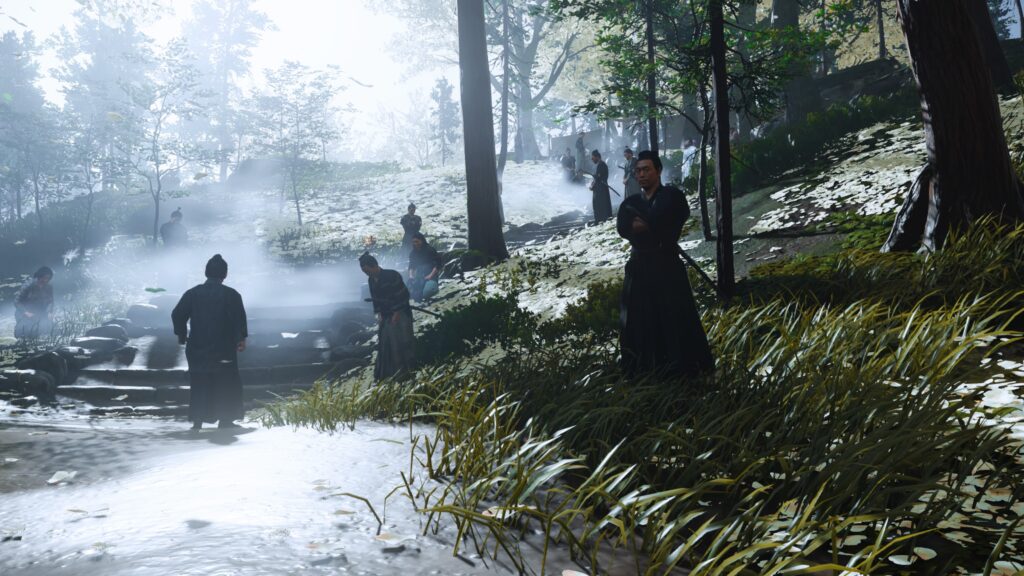
Jin’s journey will have him scour an entire island to recruit allies to save his uncle, and to liberate the land of Mongol tyranny. Blacksmiths, archers, sake merchants and swordsmen fill out the colorful cast of willing heroes-to-be.
Early stages of Ghost of Tsushima has most of the supporting cast very reluctant and only engaging in their stories will have them assist Jin. Aside from a standard exp boost, important gear is earned by doing as many side quests as possible.
Armor, special moves and weapons are locked behind these stories, making them meaningful and rewarding. The stakes are high and the drama is palpable, since every single character’s arc enriches the grander tapestry Jin’s balance for honor verses pragmatism.
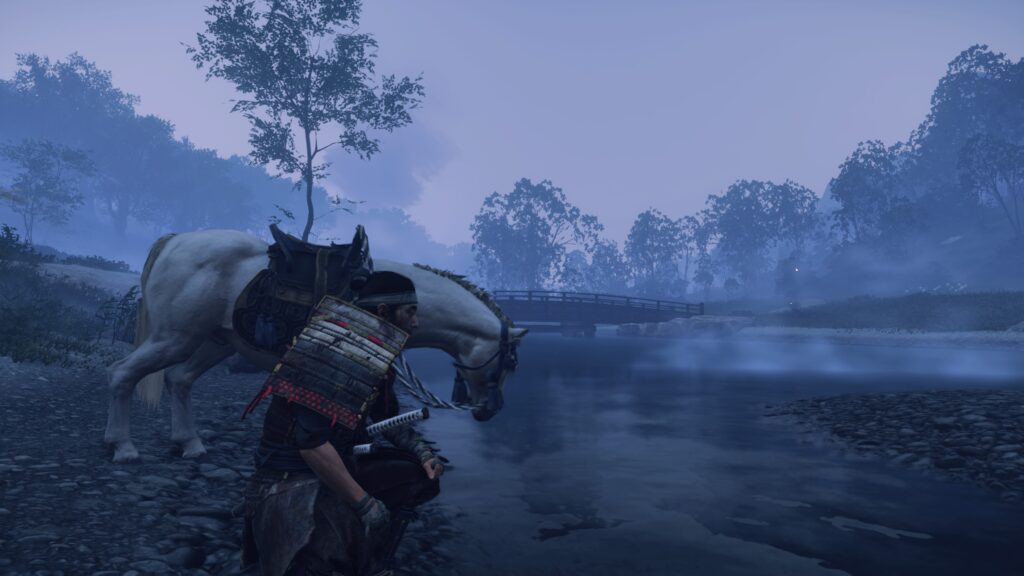
The side stories do not get the same high production quality as the main Jin missions. Cutscenes are handled with plain and stiff animations with unremarkable shot-reverse-shot blocking. They are not terrible, but they do stand out when the main story has more artistic cinematography and mo-cap animation.
The big bucks are spent on the Jin’s missions, where there are elaborate scripted set-pieces and gorgeous visuals. Ghost of Tsushima is bursting with stylish imagery and atmosphere. The designers masterfully frame many aesthetically pleasing shots.
Burning villages will paint the screen with lofting embers and Jin’s sword will glisten a golden sheen. Sweat trails down from the side of his dirty face, wind billowing Jin’s cape realistically as he readies to face a platoon of Khotun’s forces in front of a setting sun.
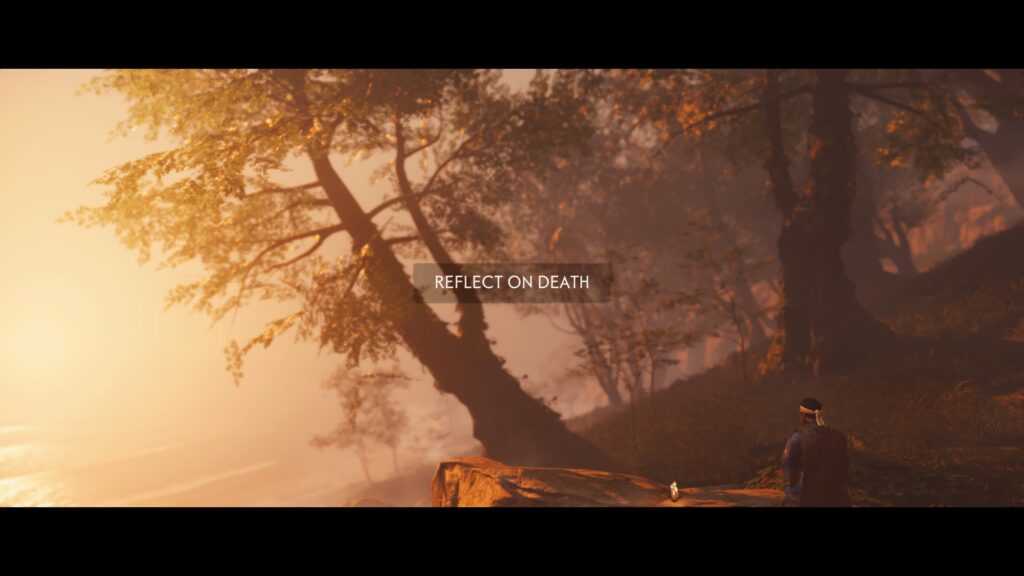
The intense colors that paint the forests and thickets of Tsushima are breathtaking. There are extensive particle effects that simulate falling leaves, petals or fireflies which makes every inch of the land alive in ways not seen in most video games.
Ghost of Tsushima is so beautiful at times it is easy to stop in your tracks because you’ll have to pick up your jaw from the ground. The boys at Sucker Punch Productions perfectly nailed the visuals and art direction. There is not a single asset misplaced.
The only nit-picks are things like parts of Jin’s attire and weapons clipping through each other. Jin also does not realistically shift his weight or posture when walking or running up or on the side of steep slopes. These are minor, but noticeable in such visually slick production.
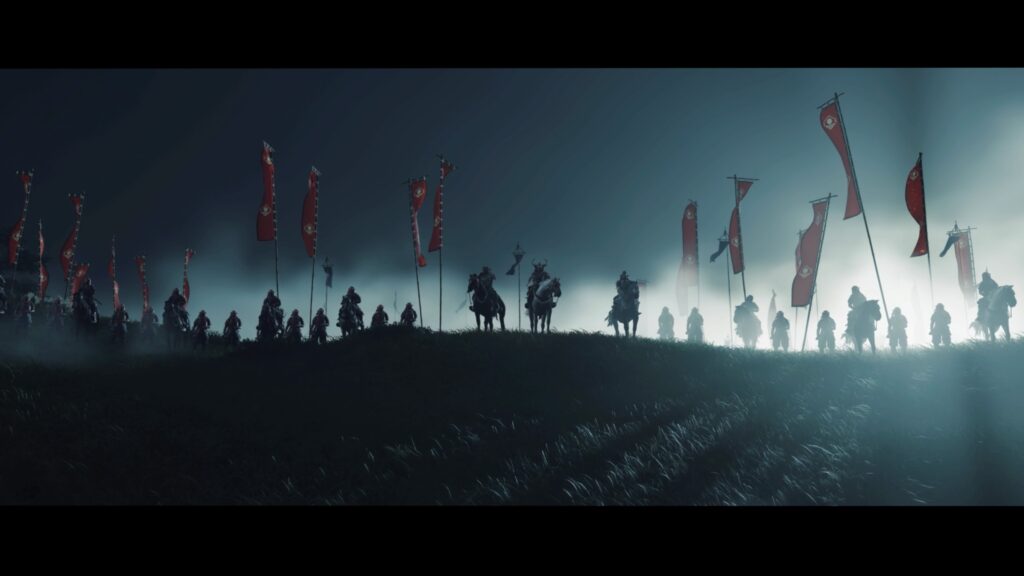
Beautiful imagery can only take a game so far. Ghost of Tsushima is a historical open-world action game, and it does succumb to the tired repetitive design found in most of its contemporaries.
The fields and highlands of Tsushima are littered with strongholds to liberate, one-off shrines to visit, and many other side distractions that are constantly recycled. This content is the disposable activities when not doing side-stories or the main quest.
Minor activities like bathing or making a haiku grant a marginal boost in HP, or a worthless cosmetic headband. There are also shrines to find, but none of these activities offer much in terms of gameplay. There are so many that the value in these diminishes.
There is no new game plus. When all activities and missions are complete, there is nothing left to do outside from waiting around for the next small group of Mongolians to generate. It would have been welcomed to start the story with everything carrying over.
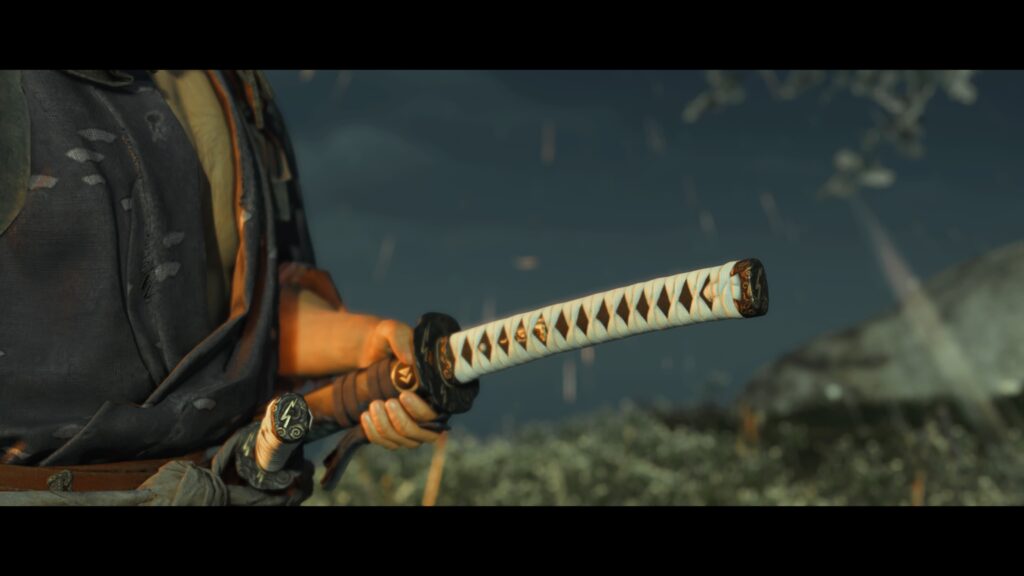
Sometimes Jin will cross blades with Mongols or other samurai. The combat is restrictive since Jin’s styles are tied to specific enemy weaknesses, voiding any player expression. Much of the restrictions are due to the dedication to realism.
For example; shield boys are vulnerable to the water style, which breaks defenses with successive hits. Guys with spears are weak to the wind stance which sweeps them off their feet or even off cliffs. Every enemy strike is also overly telegraphed, making swordplay very boring but visually interesting.
Attack animations connect and snap to each other very realistically, making every encounter play out like a choreographed battle… At least it would, if you follow the code of Bushido. Playing like a low down and dirty ninja is way more fun, and offers so much more options to settle the score.
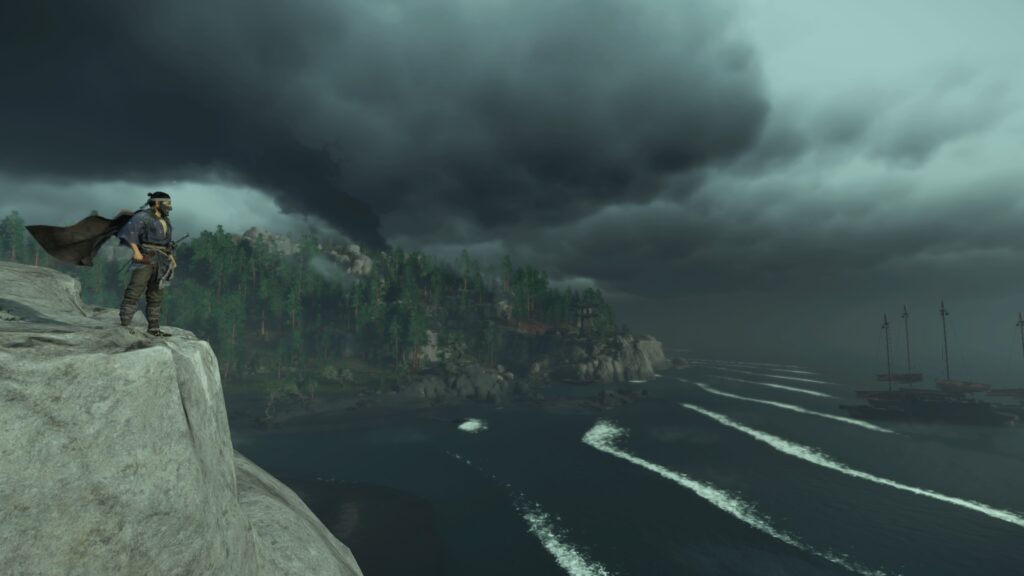
The narrative may push Jin in the direction of honor, but it is just so much more fun to betray his father’s teachings. Amusingly, the more Jin does stealth kills and relies on guerrilla tactics, you will be treated to visions of his father expressing disappointment for dishonoring the sword.
Playing like a ninja trivializes most encounters, since the way of the shadow employs a wide gamut of tools to dispatch the enemy. When kunai are max level, Jin will be able to kill multiple low grade grunts with a single throw. Bigger guys that survive will stagger and have their guard shattered, leaving a wide opening.
This is compounded with powered-up smoke bombs, which instantly confuses enemies into being vulnerable for chain stealth kills. Jin is so much more effective as a ninja than having to slowly whittle multiple sentries to death. The larger guys are also easily stun-locked with kunai, which are plentiful and cheap.
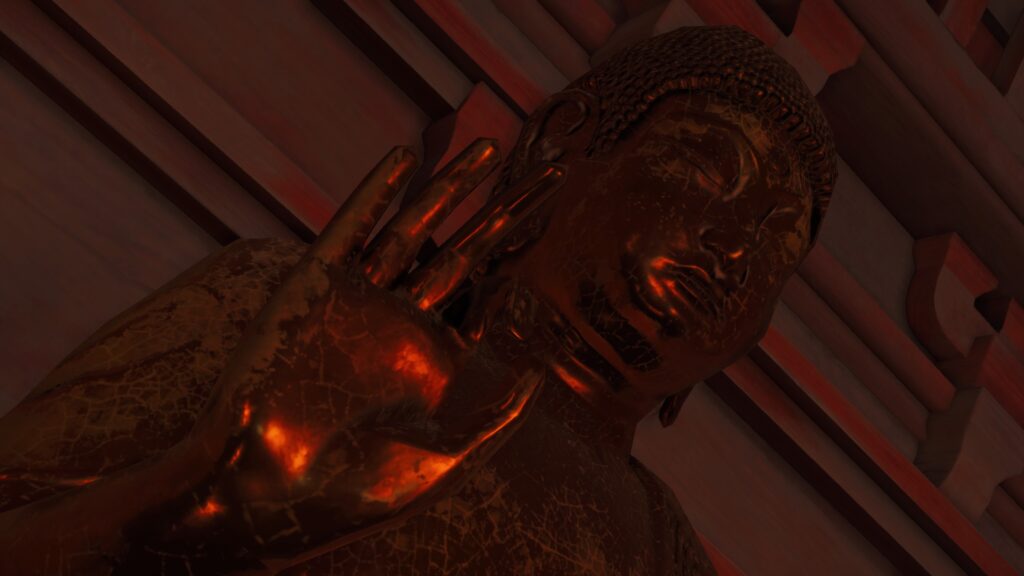
Slow-motion concentration combined with explosive arrows will devastate even the talented straw-hat ronin. In a game that is built entirely around the ethos of Bushido and swordsmanship, the path of the indignant ninja proves to be the most efficient means to win a war.
The unbalanced nature might be a genius design choice to further illustrate the pragmatic approach to war that the main villain exploits. Khotun Khan was able to take Tsushima thanks to his willingness to understand his opponent, and the game designers brilliantly allow you the same choice.
The honorable and righteous path is not easy. It is probably why Ghosts Of Tsushima is built with Bushido being such a harder way to play. The cheating is easy, and sometimes it is also very fun.
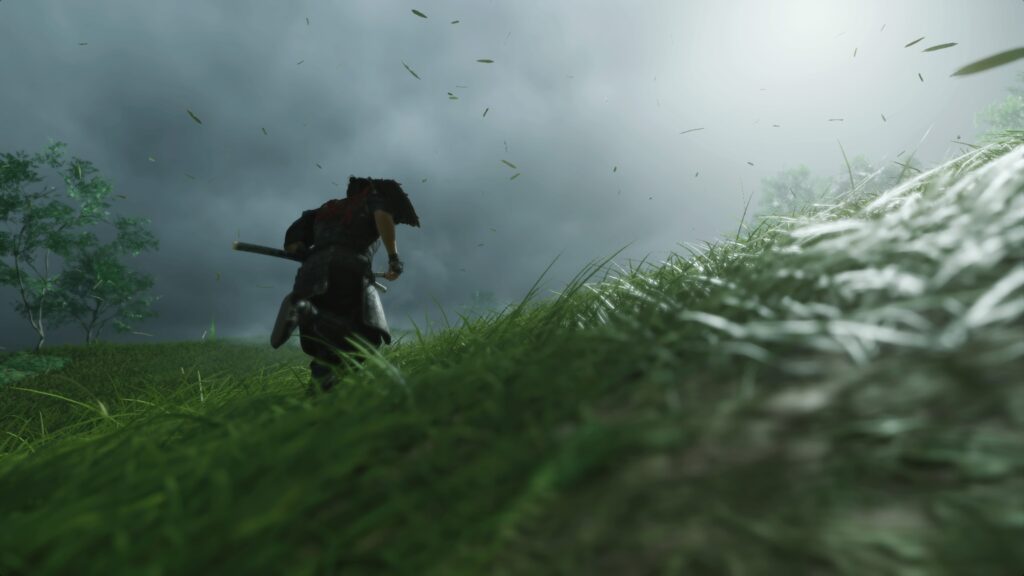
Ghost Of Tsushima‘s battles can be harrowing, white-knuckle battles of attrition. Jin and his opponents can die fairly quickly, and Jin will almost always be up against multiple foes or one very talented warrior. Fighting dirty won’t always be viable, so being able to cross blades becomes critical.
There is no hard lock-on, but the guidance is fairly intelligent and rarely will cause Jin to miss a mark. So long as you are paying attention to the direction he is facing, there won’t be too much confusion.
It only becomes a problem when the camera does not track whoever Jin is currently soft-locked to. This is tricky because your right thumb defaults to the face buttons for attacking and dodging, drifting away from the camera stick. Often in combat you will have to baby-sit the right stick to adjust the view of the field.
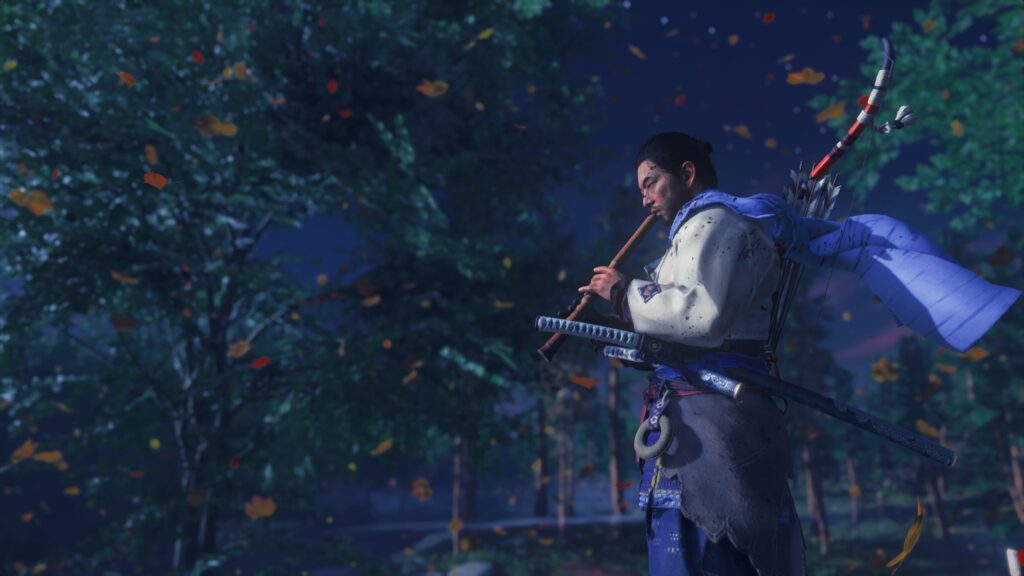
Ghost Of Tsushima makes excellent use of cultural appropriation. The notion of a western developer designing a game set in a specific time in Japanese history apparently is grossly offensive to some people.
This is a story about people defending their land and following a vowed tradition. The nationalistic themes are appropriate given the context, and if this game switched the perspectives to follow the Mogols, the same whiners would screech about colonialism.
Ghost Of Tsushima handles its depictions with fairness and shows that history is not black or white. Regardless if the events of the story are true, the fact of the matter is winning a war means getting your hands dirty.
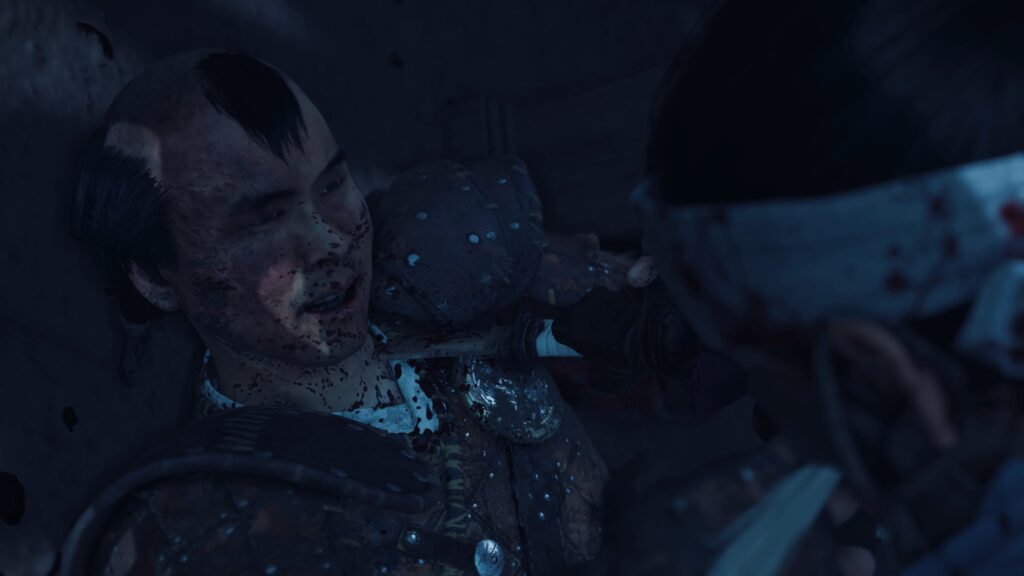
Instead of relying on on-screen way-points, Ghost Of Tsushima introduces a wind system that blows in in the direction of Jin’s destination. A simple swipe upwards on the touchpad will guide you in an unobtrusive way without cluttering the view.
While roaming the billowing, grassy fields and rolling hills of Tsushima, it will be hard to not be taken in by the vistas. Thankfully, Sucker Punch Studios implemented one of the most robust photo modes.
The amount of options is staggering; controlling the weather, wind, direction and even the time of day is at your command. It is easy to drop hours into crafting picturesque pictures and framable frames.
Zooming in and around NPCs and enemies truly showcases the unbelievable craftsmanship by the developer’s modelers. The only downside is that the photo mode pushes the PlayStation 4 hard, activating its fans to turbo. It gets so loud, it is startling.
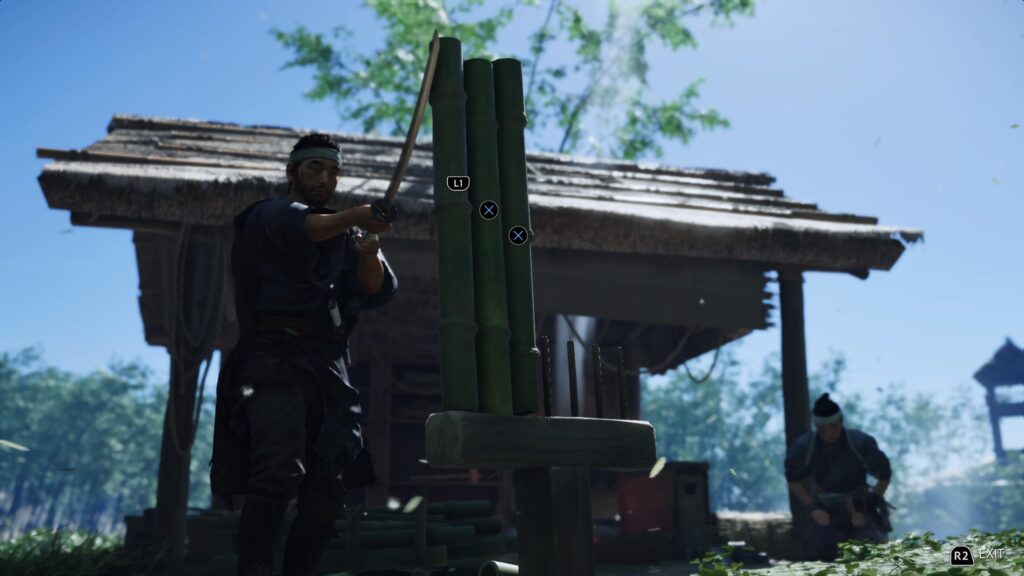
The cast does an incredible job at driving the narrative. Daisuke Tsuji as Jin Sakai is electric and carries every scene. The conflict of pragmatism and bushido is like a heavy weight that is felt in his dialogue in crucial scenes.
The supporting cast embody their characters and are distinct to make each one memorable. The basic Mongolian enemies are heard speaking in Mongol, adding an extra layer of authenticity and otherness to them as a threat.
Music is often restrained, relying mostly on percussive beats and pan flutes when action happens. The extensive use of taiko drums is fitting and functions like a tense heart-beat during conflict. It is very effective at setting the emotional tone.
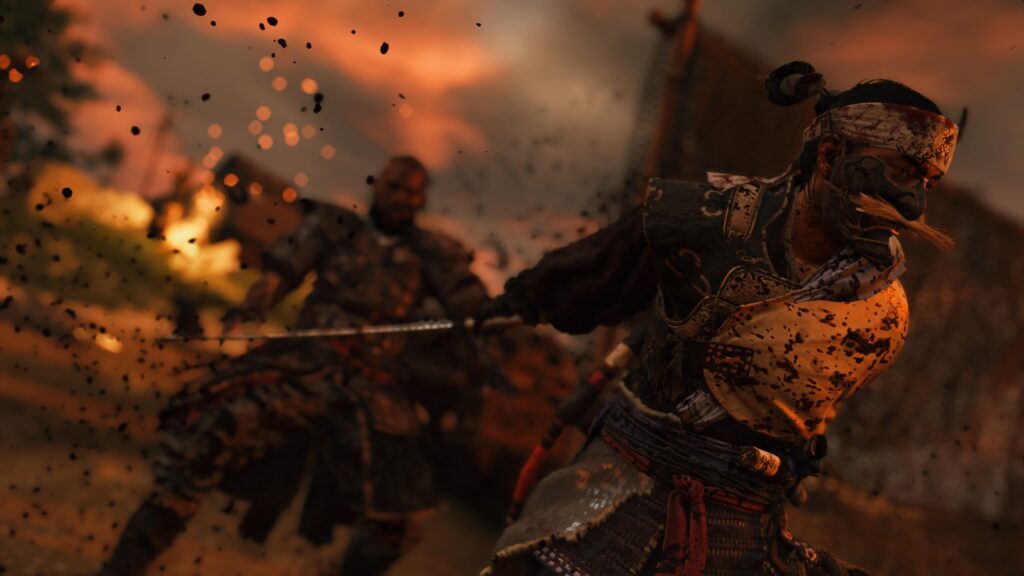
Ghost Of Tsushima is consistent with the rest of its contemporaries. It is not much different than Assassin’s Creed or Far Cry, since there is so much overlap with the game design.
Skill trees, tailing missions, Arkham combat, and stronghold liberations are nothing new. What sets Ghost Of Tsushima apart is its setting, atmosphere and above average narrative and robust ninja gameplay.
If you wanted Assassin’s Creed set in feudal Japan, Ghost Of Tsushima will scratch that itch. The aesthetics and atmosphere are so beautiful and striking that it carries and elevates the generic, design-by-committee open-world gameplay.
Ghost Of Tsushima was reviewed on PlayStation 4 using the reviewer’s personal copy. You can find additional information about Niche Gamer’s review/ethics policy here.